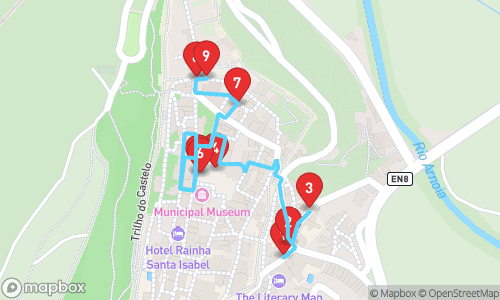

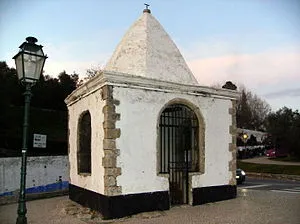
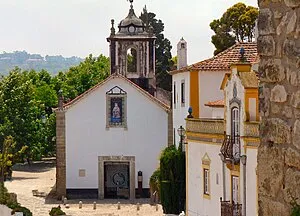
ÓBIDOS: Journey Through Time - A Medieval Marvel

Tour Guide
Jenny Multilingual
Welcome to Óbidos! On this GPS guided audio tour, we will visit 14 stops on a route of 2.18km. This tour focusses mainly on history.
Locatello is an app where you can generate personal audio guided tours. Set your preferred distance, guide, language and theme, and a guided tour is created on the spot.
Walking Time
Distance
stops
Language
Tour Stops

Passos do Calvário
A Baroque oratory with an upper balcony, once used for public announcements, featuring ornate blue and white azulejo tiles depicting the Passion of Christ and Virgin Mary, patron saint of Óbidos.

Óbidos Aqueduct
A 16th-century aqueduct built at the orders of Catherine of Austria around 1570, classified as a Property of Public Interest since 1962.

Cruzeiro da Memória
A wayside cross porch with Manueline architecture, featuring a cross with figures of the Pietà and crucified Christ, surrounded by a quadrangular construction with openings, iron railings, and an octagonal pyramid roof.

Capela de São Vicente dos Gafos
A 14th-century chapel dedicated to Saint Vincent, built as part of a leper colony founded by Queen Saint Isabel, featuring ribbed vaults, Gothic arches, and Renaissance-style altarpieces.
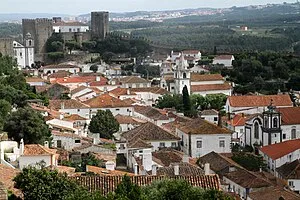
Castelo de Óbidos e todo o conjunto urbano da vila
A UNESCO-protected Old Town, the Castle of Óbidos and its urban complex are a national monument in Portugal, with a mixture of architectural styles and a rich history dating back to prehistoric times.
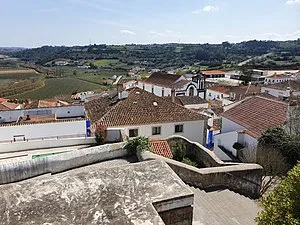
Miradouro do Jogo da Bola
A scenic viewpoint, the Miradouro do Jogo da Bola offers a panoramic view of the town from one side of the wall and stunning sunsets from the other.
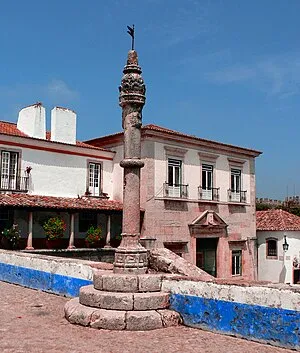
Pelourinho de Óbidos
A cylindrical limestone structure, classified as a National Monument since 1910, served as a point of justice application in the Middle Ages.
Audio Preview
30 sec
Igreja de Santa Maria de Óbidos
A cultural heritage monument, the Igreja de Santa Maria de Óbidos features Manueline, Renaissance, Mannerist, and Baroque elements, reflecting architectural styles from successive periods.
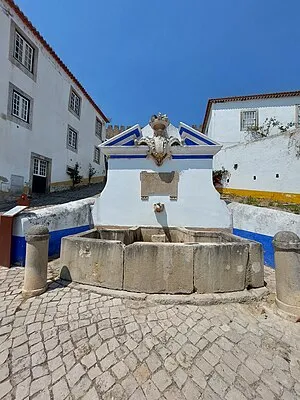
Chafariz do Poço
A Baroque fountain built by Queen Maria I in 1792, featuring a curvy wall topped with ornate weapons, a simple spout (currently non-operational), and a tank with straight and curved lines, flanked by two pillars.
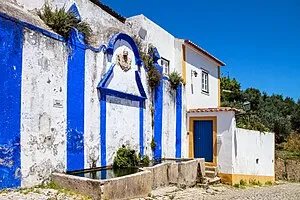
Chafariz da Biquinha
A Baroque-style fountain, dating back to 1856, features two symmetrical bodies separated by a pilaster, a U-shaped tank, and a drinking fountain, along with a central pediment adorned with royal arms.
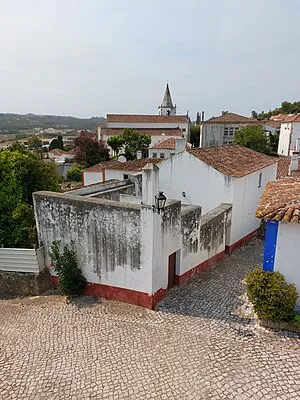
Sinagoga de Óbidos
A historic building, allegedly the former synagogue, features Gothic doors and windows, albeit 20th-century additions. Its original purpose was for Jews to meet and "pray in Hebrew" in the Jewish Quarter, erected between the 14th and 15th centuries.
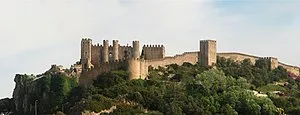
Castle of Óbidos
The Castle of Óbidos is a historic fortress with Roman and medieval roots, featuring fortified walls, towers, and a complex history of occupation, siege, and restoration from Roman times to the 19th century.
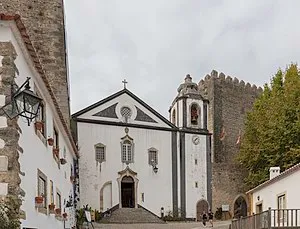
Igreja Paroquial de Santiago
A 12th-century church built by King Sancho I in 1186, rebuilt after earthquakes in 1531 and 1755, and now housing a bookshop. The church has a single nave with two side chapels and a vaulted ceiling, featuring valuable paintings.
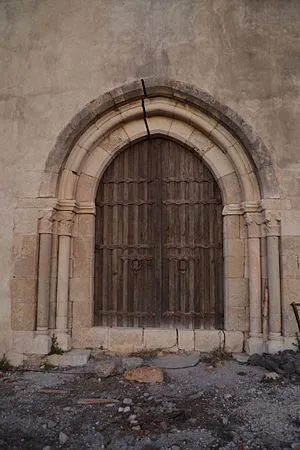
Capela de Nossa Senhora do Carmo
A 14th-century chapel with Roman roots, initially dedicated to Jupiter, later consecrated as Nossa Senhora do Carmo after suffering severe damage in the 1755 earthquake and undergoing 20th-century restorations.
Download App
Experience this tour and many more with our mobile app. Available for iOS and Android.
Audio Preview
Tour Map
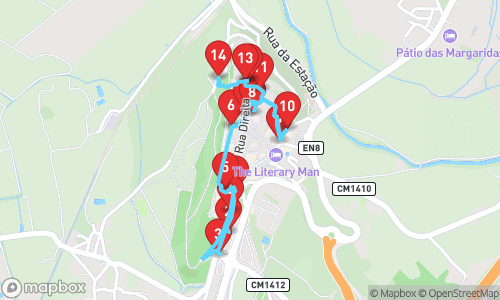
Quick Facts
- ✓GPS-guided navigation
- ✓Professional audio narration
- ✓Offline maps available
- ✓Premium content included
Why Choose This Tour
Expert Local Guide
Narrated by Jenny Multilingual, specializing in general tourism
Flexible Timing
Take the tour at your own pace, any time of day
